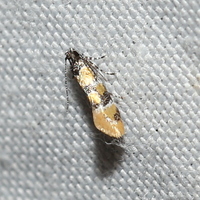
| Recorded by: David George, Jeff Niznik on 2025-05-24
Richmond Co.
Comment: | 
| Recorded by: Jim Petranka, John Petranka and Becky Elkin on 2025-05-09
Cumberland Co.
Comment: |

| Recorded by: David George, Jeff Niznik on 2025-05-09
Cumberland Co.
Comment: | 
| Recorded by: David George, Jeff Niznik on 2025-05-09
Cumberland Co.
Comment: |
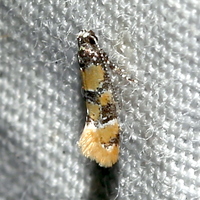
| Recorded by: David George, Jeff Niznik, Kevin Bischof on 2024-08-07
Transylvania Co.
Comment: | 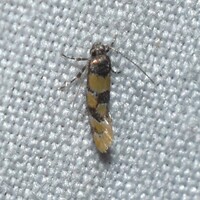
| Recorded by: David George, Jeff Niznik on 2024-08-06
Transylvania Co.
Comment: |
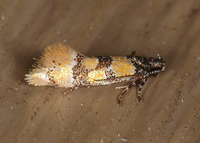
| Recorded by: Jim Petranka on 2024-08-04
Madison Co.
Comment: | 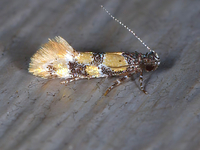
| Recorded by: Jim Petranka on 2024-07-26
Madison Co.
Comment: |
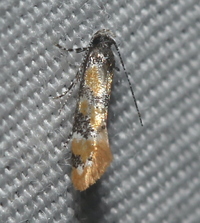
| Recorded by: David George, Jeff Niznik, Rich Teper on 2024-04-16
New Hanover Co.
Comment: | 
| Recorded by: Jim Petranka on 2023-08-18
Madison Co.
Comment: |
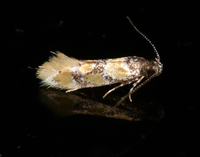
| Recorded by: Jim Petranka on 2023-08-05
Madison Co.
Comment: | 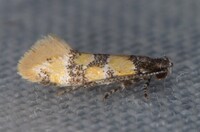
| Recorded by: David George, Steve Hall, Stephen Dunn, Jeff Niznik, Rich Teper, Becky Watkins on 2023-07-22
Orange Co.
Comment: |

| Recorded by: David George, Jeff Niznik on 2023-07-19
Durham Co.
Comment: | 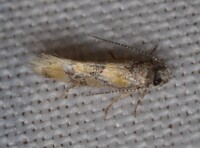
| Recorded by: Stephen Dunn on 2023-07-02
Orange Co.
Comment: |
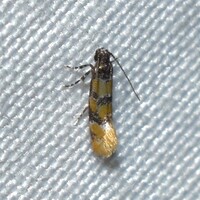
| Recorded by: Jeff Niznik on 2023-06-27
Durham Co.
Comment: | 
| Recorded by: David George, Jeff Niznik, Rich Teper on 2023-05-21
New Hanover Co.
Comment: |
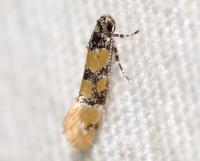
| Recorded by: Kyle Kittelberger on 2020-07-07
Wake Co.
Comment: | 
| Recorded by: B. Bockhahn, P. Scharf, K. Kittelberger on 2013-06-15
Halifax Co.
Comment: |
|

 »
»



 »
»

